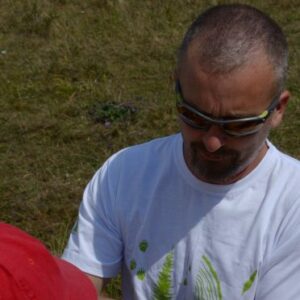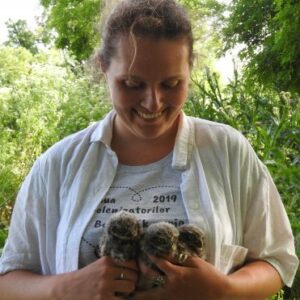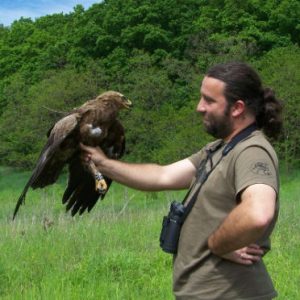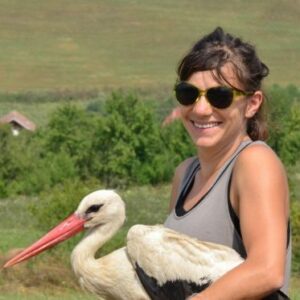Monitored species: wintering birds of prey and Great grey shrike
Period: 2 visits: 7-20 February and November 29 – December 12
Experience level: recognition of birds of prey
Number of people needed for the census: 1 – 3 persons
Equipment: mobile phone (smartphone type), binocular
Location: Pre-marked, well-defined transects (e.g. along roads and/or rivers)
Short description of the methodology:
The development of agriculture, such as the transition from traditional methods to intensive monoculture farming, the development of infrastructure, tourism, or climate change can have significant effects on living beings, including birds. For this reason, it is very important to monitor changes in the breeding, migratory, and wintering populations of birds, which allows for the early detection of negative effects and the implementation of appropriate protective measures. Since 2006, the Association for Bird and Nature Protection “Milvus Group” has initiated a monitoring program for the winter populations of birds of prey.
The purpose of the program is to identify the species and number of birds of prey that winter in various regions of the country and to monitor changes in their populations in the long term. The census will be conducted along a predetermined route of at least 5 km (8-10 km is recommended), which will be established together with the program coordinator. The census will take place on foot between 9 a.m. and 4 p.m., under good visibility conditions. The census lasts 2-4 hours, during which volunteers actively search for birds of prey along the transect. In most cases, individuals can be found circling in the sky or perched on a higher point (for example, a pole or a tree), so it is important to stop frequently during the census and carefully scan the landscape and sky with binoculars to find individuals at a distance. During the census, it is recommended to record all bird species, as these observations provide valuable information about the species that winter in our country.
The forms and methodology can be downloaded from here (in Romanian and Hungarian)
Contact:
Kovács István, istvan.kovacs.kov@gmail.com
Results:
An analysis of the data collected between 2006-2010 can be downloaded from here (in Romanian)
An overview of the situation was presented at Bird Numbers 2019 conference, Évora, Portugal
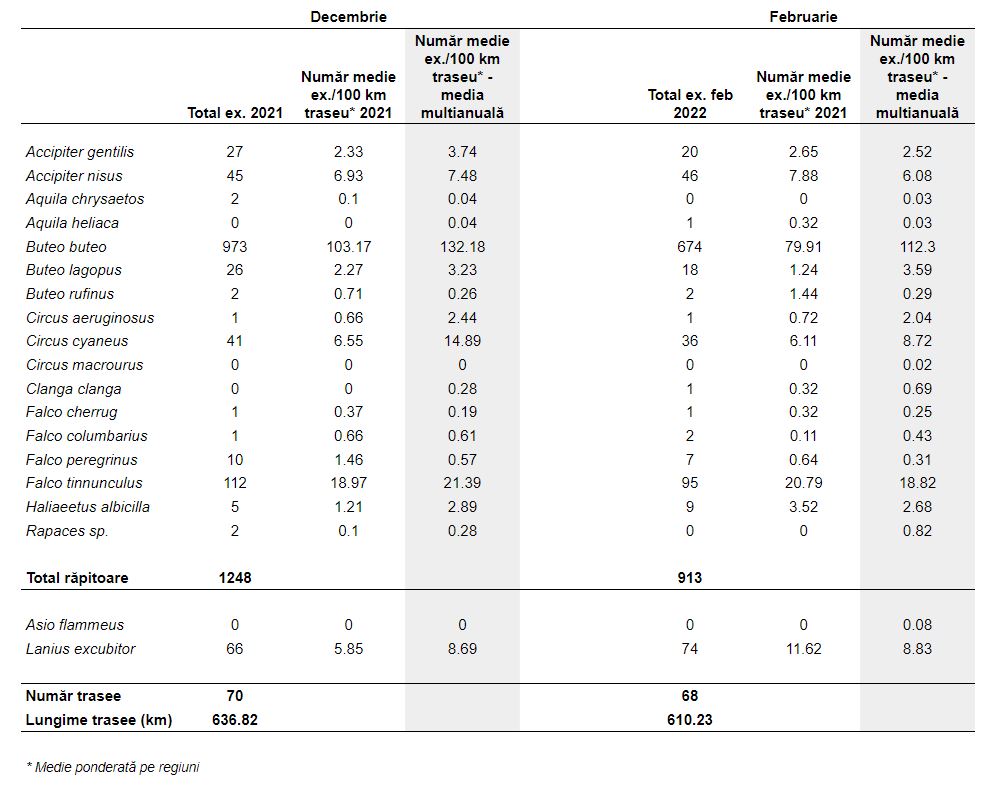
Results 2023/2024 winter




